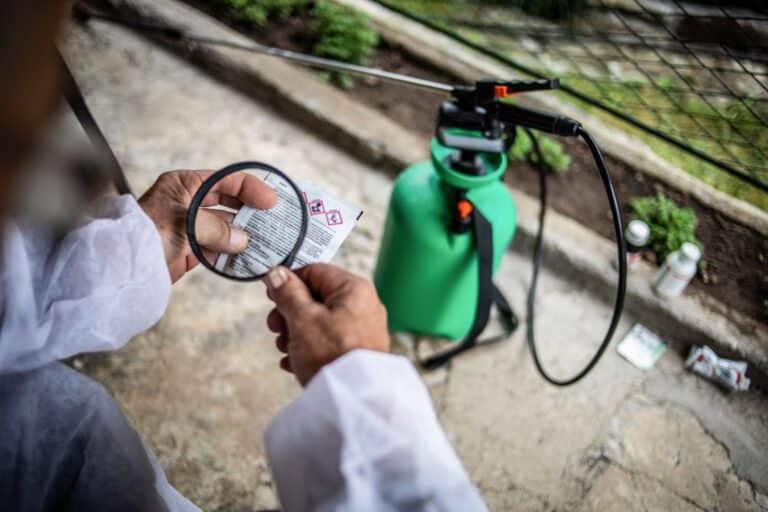Apr 8, 2008
By: Thomas A. Green
PMP Buzz Online eNewsletter
By Thomas A. Green, Ph.D.• IPM Columnist
What’s the difference between conventional pest management, integrated pest management (IPM) and green pest management (GPM) strategies?
In conventional pest management, the technician arrives at the account, grabs the application equipment and heads for the door. The service includes a broad-spectrum, residual pesticide application to portions of the building inside and out. The customer receives an invoice detailing the product used and the price.
The conventional method happens all too often — even though it is unnecessary, unprofessional and least effective. IPM is an improvement, but the level of IPM performance varies greatly from one practitioner to the next. How much IPM do you use?
In basic, baby-step “combination of methods” IPM, the technician checks some, most or all of the monitoring traps present. More often than not, the account receives a pesticide application. The technician is going through the motions, but the outcome is not much different than that of the conventional method.
Is it IPM? Yes. Can we do better? Absolutely! IPM is a continuum from basic to advanced. Moving along the continuum increases professionalism and effectiveness, and improves our industry’s image.
GPM is just about as far along the IPM continuum as you can get. Even the term “green” means less-toxic to most customers. Here’s how you deliver:
• Your technicians are polite, professional and trained problem solvers.
• Training is constant. Brief weekly sessions address safety, current common pests (mice in late summer, for example) and Q&A on recent issues. Monthly and quarterly half- and full-day trainings cover key issues in greater detail, such as diagnosing and correcting pest-friendly conditions, how to get greater cooperation from customers, proper door sweep installation, effective use of sealants and new products.
GPM in action:
Your technician arrives at the account in a clean uniform and vehicle, with a flashlight, magnifier, binoculars, spatula, vice grips and screwdrivers. A clipboard, report form or handheld device, knee pads and digital camera round out the gear. The service is scheduled at reasonable intervals to maintain excellent pest control, and may be more frequent during high-pressure months.
Your technician reports to the customer, asks and/or checks the logbook for new developments, and conducts a thorough inspection inside and out. More time is spent in pest-vulnerable areas, including where problems were reported.
During the inspection, your technician is constantly looking for signs of pests or pest-friendly conditions. All monitoringtraps are checked, dated and initialed, and replaced as needed. Facility occupants are greeted and asked about any problems.
Problems are addressed immediately, with a focus on long-term prevention. For example, for mice, exclusion is key. Is there a door sweep missing? If so, your technician pulls the right product from the service vehicle and installs it properly. For cockroaches, rather than reaching for the bait gun, inspection kicks into high gear. How may cockroaches? What species? What’s the direction of travel? Potential harborages are flushed with compressed air and then sealed. Any escapees are sucked up with a high-efficiency particulate air (HEPA) vacuum. Your customer is helped with what needs to be done to prevent reinfestation.
A pesticide is applied only after accurately diagnosing the cause and addressing practical, long-term solutions. If a pesticide is needed, it is selected from a list that has been pre-evaluated for reduced toxicity and exposure potential, and pre-approved by the customer as part of the service agreement.
Your technician checks in with your customer and/or the log book before leaving, reviews what was done and what needs to be done going forward, and leaves a happy customer behind. The next service visit will be even faster and more efficient, because the door sweep was installed and the harborage sealed.
Remember, green works for customers willing to hold up their end of the partnership. Some of your competitors are succeeding every day with green. It’s time for you to join them. PMP


